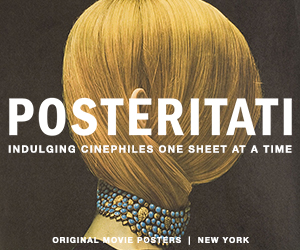Scott Pilgrim vs. the World is an exhilarating burst of adolescence, a youth movement of wit, energy, ingenuity and sweetness. If Toy Story 3 brought us back to our playtime years, this reminds us of that season a decade or so later – when we were still playing, only with things that really mattered, such as hearts.
It takes a special skill to recapture the emotional pendulum of the late teens and early twenties, but writer-director Edgar Wright (Shaun of the Dead, Hot Fuzz) and star Michael Cera have managed to do it. They had help in the form of strong source material. Bryan Lee O’Malley’s series of graphic novels chronicled the romantic misadventures of Scott Pilgrim, a Toronto bassist oblivious to most things in life outside of his band and his latest infatuation. If this sounds like a portrait of narcissism, you’re right – but the movie, especially with the vulnerable Cera in the lead, views such myopia with familiar affection. Scott Pilgrim reminds us that we were once self-centered kids too.
O’Malley’s books are lively, multi-layered creations, with multiple panels and dialogue bubbles and informational graphics coming at you all at once. Wright not only reproduces this – the screen is even occasionally broken into comic-book panels – he also uses the medium of film to take it a step further. When a drummer hits the skins, animated stars burst into the air; when Scott plays his bass, big, bold Ds pump across the screen. Perhaps the defining image of Scott Pilgrim is a fleeting one: when a character is frustrated at one point, a frowning emoticon replaces her face.
Scott Pilgrim also plays up the original novels’ debt to video games. As Scott proceeds to fight the seven “evil exes” of his new crush Ramona Flowers (Mary Elizabeth Winstead), the battles are accompanied with onscreen graphics – scores, opponent info, etc. The climax itself, meanwhile, essentially employs an “extra life” to give Scott a second chance.
All of this is an inflated dramatization of what’s going on in Scott’s head – his love life is a do-or-die scenario, albeit envisioned with the grammar of video games. The movie is so tapped into the hero’s consciousness, in fact, that when he covers his eyes at one point, the screen goes blank.
Of course, some will point to Scott Pilgrim as an indictment of “kids these days.” But the movie says nothing about them that couldn’t be said of the youth of any era – that they’re easily infatuated and completely obsessed with themselves, and that this is all part of the natural maturation process. Frivolous and fun yet deeply true, Scott Pilgrim creates a world in which nothing is of consequence and everything is of consequence. Sounds like adolescence to me.



